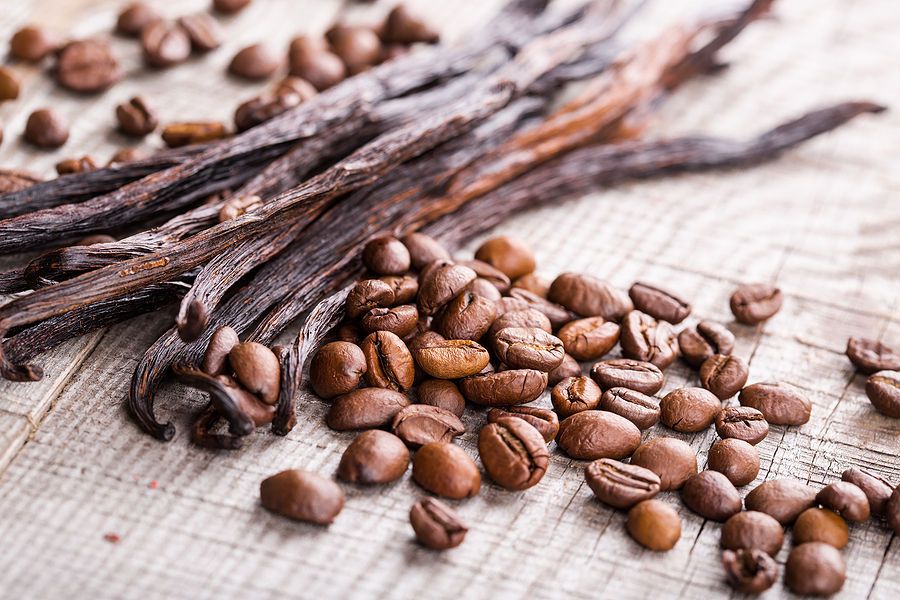By Frank Jaksch, CEO, Ayana Bio
Throughout history, populations have faced food shortages in response to global events like war, droughts, and famine. During World War I and II, sugar was rationed due to shipping disruptions, and agricultural production turned to different crops. In the early 2000s, Russia’s ban on wheat exports sent global prices skyrocketing. More recently, the COVID-19 pandemic forced people to remain indoors and created a shortage of fresh produce, rice, and dairy.
Now, we’re entering not just a temporary moment in time but a new normal as climate change threatens to disrupt global food supply chains by altering agricultural zones and reducing crop yields. For example, take our breakfast plate: beloved fruits like oranges and bananas are being ravaged by diseases that thrive in intensifying hot temperatures, and it’s predicted that warmer weather will reduce the area suitable for growing coffee by up to 50%.
Emerging instability: ingredients to watch
It’s not just well-publicized staples that are threatening food supply chains. Behind-the-scenes ingredients are the backbone of many of our favorite foods — from elements that improve shelf life or texture, to flavors that make foods tastier. For the world’s largest CPG manufacturers, climate change is already threatening the availability of ingredients used in some of the most popular items in grocery stores. In my role as CEO at plant cell cultivation company Ayana Bio, I’m in regular conversations with major food manufacturers who are actively looking for ways to overcome current and future instability in their supply chains.
These are some of the ingredient crops food and beverage companies are concerned about right now:
- Locust bean gum: Locust bean gum is a thickening agent frequently used in products like ice cream and cream cheese. With the bulk of its production happening in the Mediterranean region, the ingredient faces numerous agricultural threats as the region becomes significantly warmer and experiences volatile weather conditions as a result of climate change. Supply chain challenges this year have temporarily halted production lines for certain products.
- Vanilla: Vanilla has been the flavoring of choice for sweet treats for centuries. Madagascar is the global leader in vanilla production, with more than two-thirds of the global supply coming from the region. However, the country was hit by a powerful cyclone earlier this year that decimated crops with heavy rain and wind gusts. This year, vanilla production could be potentially cut by as much as 50%, and experts predict climate change will increase the frequency of such storms.
- Lavender: Lavender is an increasingly popular high-end food and beverage ingredient both for its flavor and wellness benefits. Hotter summers are bringing the $55 million lavender industry to a breaking point due to growing cicada populations that decimate crops and shrinking blossom sizes that hurt yield quantity and quality.
Ingredient shortages like these are forcing CPG companies to explore ways to secure their supply chains in response to specific climate change threats. Fortunately, new solutions are taking root in an effort to combat these challenges.
Getting proactive: Potential solutions for CPGs
Collapse is not imminent for these agricultural supply chains, but savvy food manufacturers see the writing on the wall. Looking down the road, CPGs are recognizing that if something doesn’t get done to solve these problems now, there are going to be big problems. However, we can’t just wait for a critical failure point; many of the most promising strategies to mitigate these problems need to be worked on today.
To counteract the effects of climate change on ingredient supply chains, CPGs have begun exploring solutions like:
- Vertical integration: Vertical integration provides CPGs with better control over production and quality of ingredients, and allows them to operate in areas where climate change is less of a threat. CPGs can own the raw material production, supply chain routes, processing, manufacturing, marketing, and retail.
- Technology investments: AI-powered technologies can help optimize yields and predict climate change threats. For example, PepsiCo uses satellite imagery and machine learning to boost potato yields for its Lay’s chips. Other technologies like plant cell cultivation, which grows plant materials in stainless steel tanks rather than in the field, can provide alternative methods of ingredient production that overcome the constraints of traditional agriculture.
- Supplier diversification programs: A supply chain diversification program allows CPGs to mitigate risks associated with over-reliance on a single supplier. Instead, CPGs can incorporate a mix of small- to mid-size businesses from different regions and countries that allow crops to flourish consistently.
- Alternative ingredients: CPGs can research and develop substitute ingredients to have on hand should access to the original ingredients be limited by the effects of climate change.
The last few years have shown how vulnerable food supply chains are in the face of climate change. CPGs must take steps today to future proof their ingredient supply chains in particular, or be left scrambling and needing to halt production — something we’re already starting to see in the market today.
